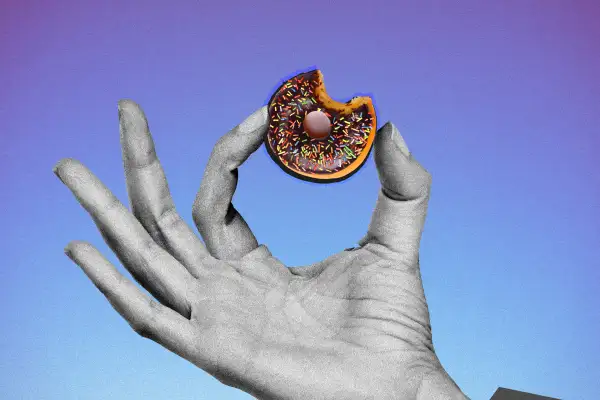'Shrinkflation' Really Is Making Your Groceries Smaller, Government Confirms

Do toilet paper rolls seem smaller to you lately? No need to start counting squares — the companies that make food and household goods are indeed downsizing your grocery-store basics and selling them at the same cost.
This practice, called “shrinkflation,” isn’t a new phenomenon, according to the U.S. Bureau of Labor Statistics (BLS). The agency says it’s common for manufacturers to alter packaging design to benefit their bottom lines rather than increase prices and run the risk of upsetting customers. And a new report shows shrinkflation hits certain items more than other.
How shrinkflation works
Consumers are less likely to notice changes in product size than in price, and even if they do, they’re probably not keeping track of the number of chips in their snack bags over time. Economists and data collectors with the BLS, however, are doing just that, and findings confirm that people are getting less for their money across a variety of goods.
- But only some goods can be downsized: Products sold by weight or volume, like steaks and gasoline, generally don’t experience shrinkflation, according to the BLS.
- You may feel cheated right now, but the BLS says the overall impact of shrinkflation on cost inflation is actually pretty small.
What the data says
Household paper products, like toilet paper and paper towels, were the most downsized items between January 2015 and December 2021. Data collectors and economists logged 716 reports, or observed changes in product size, for paper products. Snacks were the second-most shrunk category, experiencing 509 size changes.
Here are other categories that saw significant shrinkage:
- sweetrolls, coffee cake and doughnuts
- tea
- baby diapers
- pies, tarts and turnovers
- cakes and cupcakes
- fresh biscuits, rolls and muffins
- candy and chewing gum
Keep in mind
Despite increased attention on “shrinkflation,” downsizing has actually downsized in recent years. BLS data shows the practice was at its height in April 2015, and downsizing doesn’t show a correlation with the historically high prices that have hit stores over the past few years.
- In fact, the BLS says clandestine size changes don’t affect inflation much at all: The most size changes in 2021 — when inflation began to surge — occurred in June, which had 22 reports of products changing size. Except for 2020, there were equal or more size changes for the same period every year since 2015.
More from Money:
The 3 Best Money Moves for February
Hotel Prices Are Up a Whopping 54% Right Now. Here’s Why
Chicken Wing Prices Are Falling Just in Time for the Super Bowl


